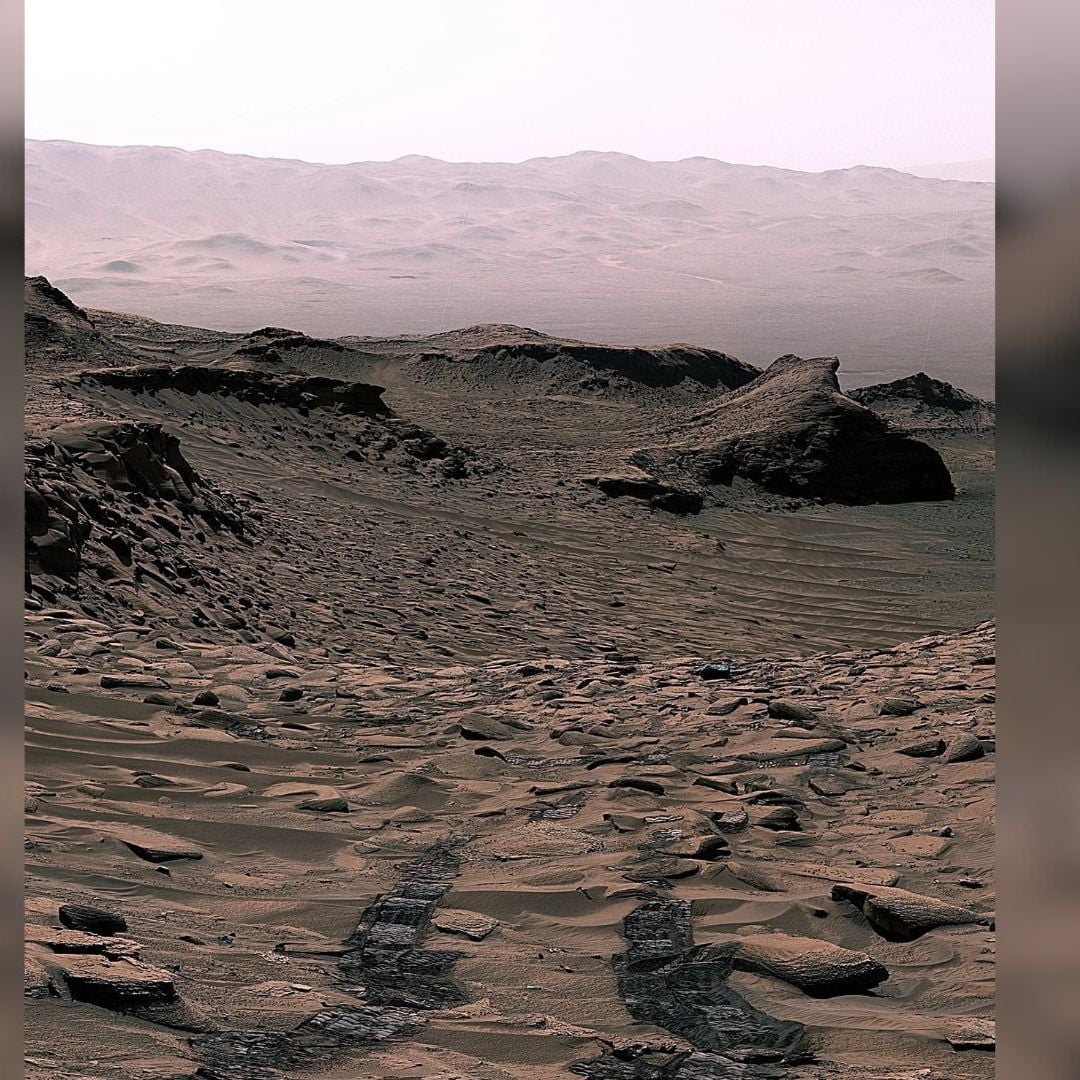How the Chemistry of Mars Both Extended and Ended Its Habitability
NASA's Curiosity Rover has been exploring Gale Crater and found that carbonate materials make up to 11% of rocks in the region. These are important because carbonates formed by pulling CO2 out of Mars's atmosphere. A new paper suggests that Mars once had a self-regulating climate system that created oases of liquid water on its surface over billions of years, keeping the planet barely habitable with alternating wet and dry periods. The atmosphere is thin because its CO2 was locked away in rocks.


